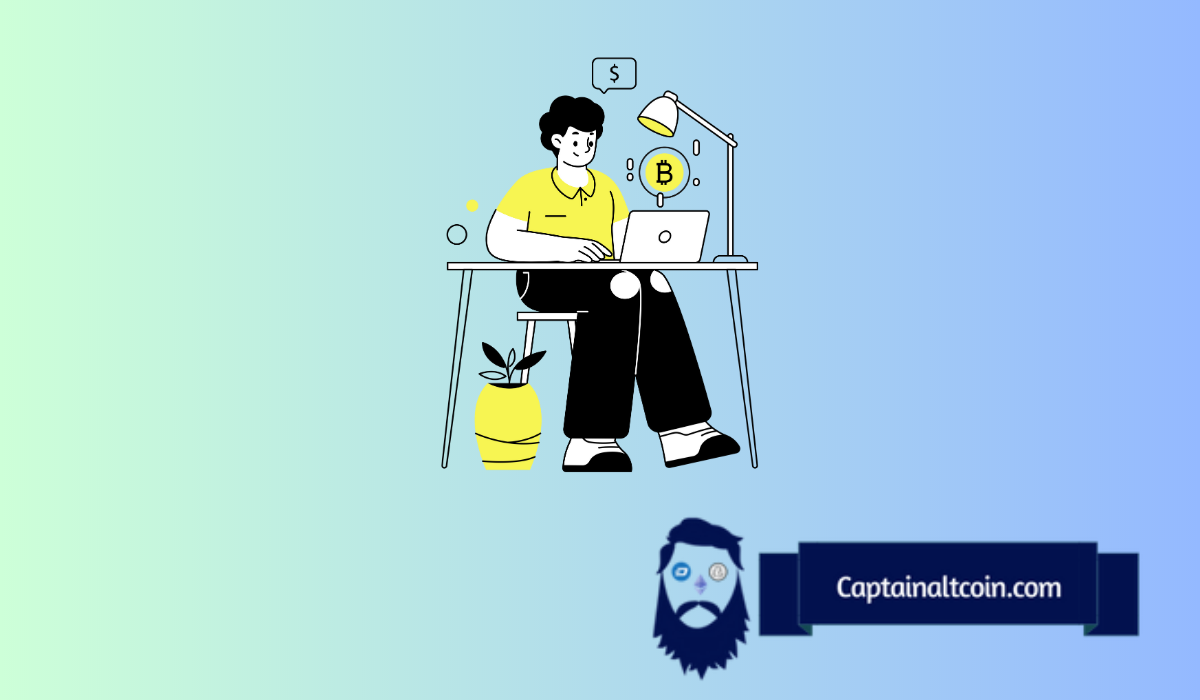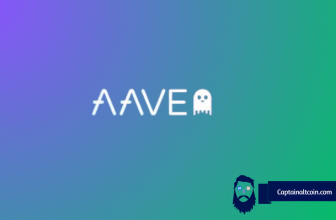
Cryptocurrencies are known for their extreme volatility, with prices often fluctuating wildly from day to day or even hour to hour. This volatility is especially true for smaller cryptocurrencies with lower market capitalizations. For cryptocurrency investors, volatility can provide opportunities for profits but also risks of losses.
Let’s look at 10 of the most volatile cryptocurrencies that investors should watch closely in 2024:
| High volatility crypto | Description |
|---|---|
| 🚀 Tectum (TET) | Tectum stands out as a Layer 2 blockchain with unmatched transaction speeds of up to 1.3 million TPS, developed by CrispMind. It offers instant, free transactions with the SoftNote system and a suite of utility tokens for various functions, including the T12 protocol for feeless transactions. |
| 🐶 Dogecoin (DOGE) | Initially a meme, Dogecoin has built a strong community and saw significant value increase in 2021. It’s known for its volatility, driven by speculation with no active development. |
| 💼 Ripple (XRP) | Ripple offers fast, inexpensive cross-border payments and has partnerships with financial institutions. However, SEC legal challenges create uncertainty and volatility for its native XRP. |
| 🌐 Ethereum (ETH) | Ethereum is a leading smart contract platform transitioning to Ethereum 2.0 with proof-of-stake. Its upgrades and potential lead to speculative price volatility. |
| 🕵️ Verge (XVG) | Verge is a privacy-centric cryptocurrency using Tor and I2P, but it has faced security issues and unmet update promises, leading to investor wariness and volatility. |
| 🌍 XDC Network (XDC) | XDC Network focuses on global trade and finance blockchain solutions, with growing adoption but suffers from low liquidity and high volatility. |
| 🐕 Shiba Inu (SHIB) | A Dogecoin competitor, Shiba Inu is a speculative meme coin with massive price fluctuations driven by social media. |
| 🔗 Solana (SOL) | Solana offers a scalable blockchain with rapid growth in NFTs and DeFi, but technical issues have led to concerns about its stability and price volatility. |
| 🔀 Quant (QNT) | Quant aims to connect diverse networks for interoperability, with speculative value tied to the success of its Overledger system, leading to volatility. |
| 🔒 DigiByte (DGB) | An older blockchain focused on security and innovation, DigiByte now faces limited trading activity and significant price volatility. |
What you'll learn 👉
1. Tectum (TET)
Tectum is a trailblazing Layer 2 blockchain platform, renowned for its exceptional transaction speed, achieving up to 1.3 million transactions per second without resorting to sharding. Developed by CrispMind, a company with a strong background in cybersecurity, Tectum introduces the innovative SoftNote system, which facilitates instant, cost-free, and trustless transactions, thereby revolutionizing the way digital cash operates.
With a robust suite of utility tokens, including the Tectum Emission Token (TET) and its ERC-20 and BEP-20 counterparts, Tectum offers a range of functionalities from creating SoftNotes to reducing merchant fees. The platform is also making strides in wallet integration, notably with the T12 protocol, enabling seamless and feeless transactions for prominent cryptocurrencies like Bitcoin, Ethereum, and USDT, positioning itself as a significant player in the future of blockchain technology.
2. Dogecoin (DOGE)
Dogecoin is one of the original meme cryptocurrencies, featuring the popular Shiba Inu dog meme. It was created in 2013 as a joke but has developed a robust online community. Dogecoin saw a massive rally in 2021, reaching a market cap of $88 billion, but it has dropped significantly from its peak. With no development activity and pure speculation driving its value, Dogecoin is prone to high volatility and is considered the most volatile cryptocurrency.
3. Ripple (XRP)
Ripple is a real-time gross settlement system designed to facilitate fast and cheap cross-border payments. Its native cryptocurrency, XRP, is used to power RippleNet. Ripple has strong partnerships with financial institutions but has faced ongoing legal issues with the SEC over whether XRP is an unregistered security. This regulatory uncertainty contributes to volatility.
4. Ethereum (ETH)
As the second largest cryptocurrency after Bitcoin, Ethereum is a leading smart contract platform for decentralized apps (dApps). It is transitioning to a proof-of-stake consensus mechanism called Ethereum 2.0. As a pioneering blockchain undergoing major technical upgrades and speculation around its long-term potential, the price of Ether sees high volatility.
5. Verge (XVG)
Verge is a privacy-focused cryptocurrency that hides users’ IP addresses and geolocation data using Tor and I2P networks. It has marketed itself as the “most anonymous cryptocurrency.” However, the Verge code has suffered from multiple exploits and its developers have failed to deliver promised updates, damaging investor confidence and causing extreme volatility.
6. XDC Network (XDC)
The XDC Network is an enterprise-grade blockchain designed for global trade and finance. It provides a standardized framework for dApps. XDC has seen growing adoption for supply chain management and trade finance, but as a relatively lesser known crypto, it suffers from low liquidity and high volatility.
7. Shiba Inu (SHIB)
Shiba Inu is a meme cryptocurrency featuring the Japanese hunting dog breed as its mascot. SHIB was created in 2020 as a Dogecoin competitor but is even more speculative, with no real-world use case. Driven entirely by social media hype, it sees massive short-term price swings, sometimes by over 50% in a single day.
8. Solana (SOL)
Solana is a highly scalable blockchain capable of fast transaction speeds and low fees. Its native coin SOL powers the network. It has seen rapid growth in 2022 due to its popularity for NFTs and DeFi. But technical glitches have raised questions about its stability and long-term viability, leading to high price volatility.
9. Quant (QNT)
Quant, or Quant Network, aims to connect blockchains, networks, and data sources across the world via its Overledger operating system. This interoperability focus has attracted partnerships, but QNT’s opaque nature and dependence on Overledger’s success makes its speculative value highly volatile.
10. DigiByte (DGB)
DigiByte is an open-source blockchain created in 2014 with a focus on digital asset security, identity, and communications. It pioneered several innovations like DigiShield difficulty adjustment. However, as an older altcoin that has fallen out of favor, DigiByte suffers from very limited trading activity and wild price swings.
Read also:
- 14 New Cryptocurrencies to Invest In: Which Crypto Will Boom?
- Most Profitable Cryptocurrency to Invest In: A Comprehensive Guide
- Next Cryptocurrency to Explode – Which Tokens Are Set to Skyrocket?
In summary, smaller cryptocurrencies tend to be more volatile due to factors like lower liquidity, inadequate developer support, opaque fundamentals, and reliance on hype. But even larger established projects see price instability due to technical challenges, competitive pressures, and regulatory uncertainty in the evolving crypto space.







